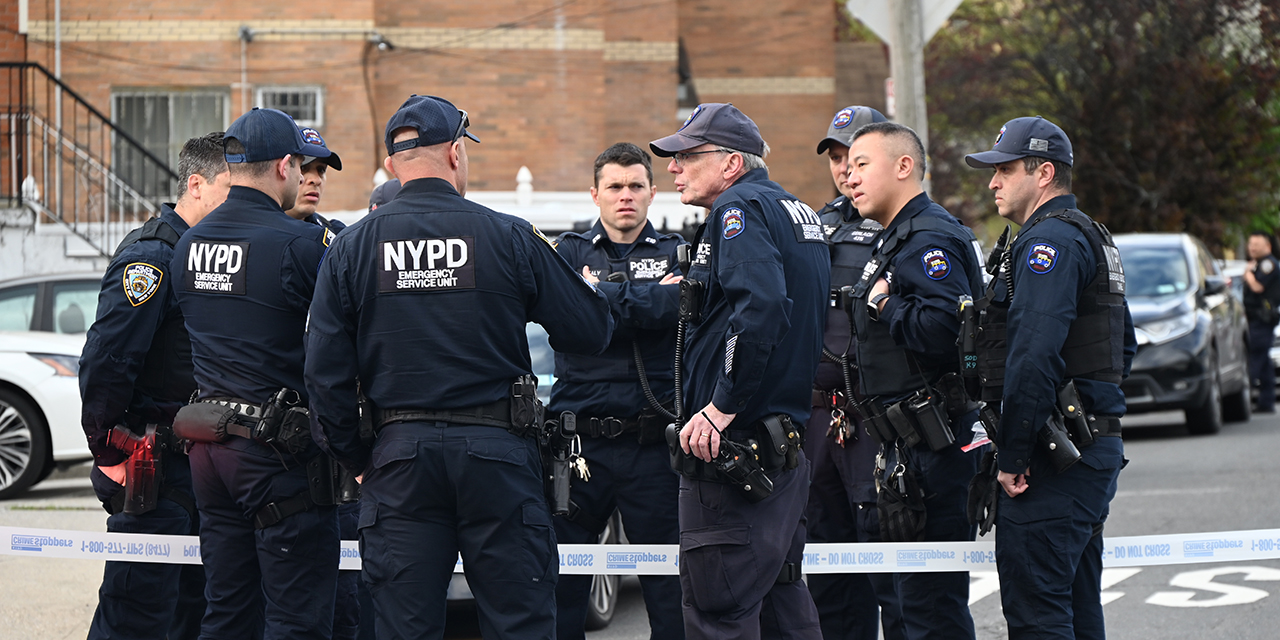Last week, the Brennan Center for Justice released a preliminary analysis of urban crime data in America’s 30 largest cities. The analysis projects a 0.6 percent overall drop in the violent-crime rate and a 2.5 percent decline in the overall murder rate. After two years of significant (13 percent) upticks in urban murders, documented by the Center’s 2015 and 2016 reports, the report’s authors, and the media, present the projected drop as unalloyed “good news” that “directly undercut[s] any claim that the nation is experiencing a crime wave.”
While the report predicts an overall decrease in murders and overall violent crime, it’s important to note that both violent crime and murders were up in 13 of the 30 cities studied. According to the Washington Post, just three cities (Detroit, Houston, and New York) are driving the “overall decrease” in urban murders; and just two cities (Chicago and Baltimore) were primarily responsible for the national rise in urban homicide from 2014 to 2017. The three cities driving the overall decline in urban murders—Detroit, Houston, and New York—saw an average drop of 21.7 percent, which means that murder is either up, or essentially flat, in the rest of the cities in the sample, given the overall decline of just 2.5 percent. Further, two of the three cities driving the decline (Houston and New York) are atypical, in that they have successfully managed to suppress violent criminality over time in a manner that most cities have not—indeed, have kept a lid on crime over the last 20 years, with 2017 violent-crime rates of 9.9 and 3.1, respectively. By contrast, cities like Chicago, Baltimore, and Memphis are experiencing crime rates close to or higher than their mid-1990s peaks (between 25.76 and 60.59 per 100,000). Other cities are experiencing troubling upward trends in violent crime. Louisville, for example, has seen sharp increases in both murders and the rate of violent crime, projected to be double what it was ten years ago.
In talking about urban crime, it is essential to keep in mind what every city resident knows: parts of any metropolis are relatively dangerous, and other parts are relatively safe. Separating the safe zones from the “sub-cities” where crime thrives exposes a real crime problem, often much worse than the picture painted by citywide or national rates. For example, 10 Chicago police districts, accounting for 78 percent of the city’s murders committed during a one-year period—as recently analyzed in City Journal—constitute a city-within-a-city, or a “sub-city,” with a population of almost 1.1 million, and a murder rate nearly double the 2016 citywide rate. In St. Louis, 74 percent of the city’s 2016 murders were committed in three of the city’s six police districts—an area with a shocking murder rate of more than 100 per 100,000 residents. During the one-year period beginning June 7, 2016, a similar tract of “sub-Chicago” posted a murder rate of 107.7—more than triple the 2016 citywide rate, and in line with the murder rate of El Salvador, by far the most homicidal country in the world.
The language of the Brennan Center report, as well as of the stories covering it, is an extension of the trend of speaking about violent crime solely in the aggregate. Violent crime is not experienced in the aggregate, however, nor is it experienced equally across or—more importantly—within American cities. Referring to the “overall” urban crime rate to declare that we don’t have a crime problem is to ignore the plight of people living in crime-ridden neighborhoods, and makes as much sense as a doctor, after examining a local tumor, saying that on average the patient is cancer-free. Policymakers must analyze crime at a granular level so that they can make informed recommendations about how to restore order where it has been lost.
Photo by David McNew/Getty Images





